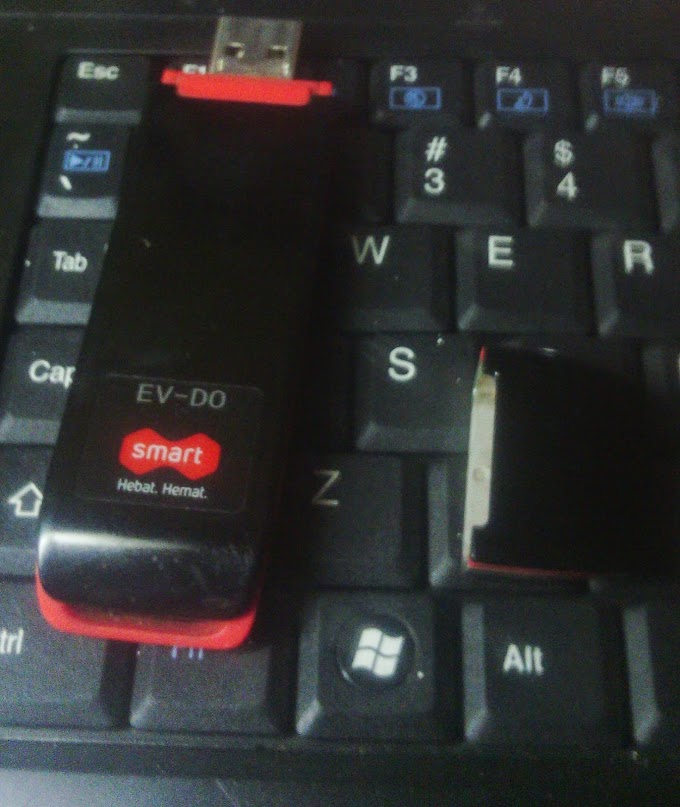Comet Outbursts and Meteor Showers
I have good news and bad news for you. The bad news is that, based on observational data from astronomer Carl Hergenrother and other video meteor observers indicates that we do not have a new meteor shower. It was previously thought that Comet Hartley would have shed some debris during its closest pass to produce a new meteor shower in the constellation Cygnus, but the debris actually missed us.
 The good news, however, is that you can still look for Comet Hartley in your telescope, and, there's also a new comet becoming a player in the pre-dawn sky. Comet Ikeya-Murakami was discovered just recently by Japanese astronomers Kaoru Ikeya and Shigeki Murakami. While its brightness is currently between magnitudes +7.5 and +9 (NOT visible without optical aid), it could become quite an object in backyard telescopes in the coming days. That is because similar to Comet Holmes in 2007, Ikeya-Murakami is showing signs of producing an outburst (ie: it may suddenly become much brighter), so it is an object to watch! The comet can currently be found rather easily, accompanying Saturn in the constellation Virgo just before dawn low in the east.
The good news, however, is that you can still look for Comet Hartley in your telescope, and, there's also a new comet becoming a player in the pre-dawn sky. Comet Ikeya-Murakami was discovered just recently by Japanese astronomers Kaoru Ikeya and Shigeki Murakami. While its brightness is currently between magnitudes +7.5 and +9 (NOT visible without optical aid), it could become quite an object in backyard telescopes in the coming days. That is because similar to Comet Holmes in 2007, Ikeya-Murakami is showing signs of producing an outburst (ie: it may suddenly become much brighter), so it is an object to watch! The comet can currently be found rather easily, accompanying Saturn in the constellation Virgo just before dawn low in the east.While you won't see any meteors because of Comet Hartley, Comet 55P/Tempel-Tuttle will be sending some our way starting this week. The Leonids are back, starting around the 10th and going until about the 23rd. The peak of the shower is next Wednesday morning, the 17th. The radiant of course is near the star Regulus in the constellation Leo, with the best viewing after midnight the morning of the peak in the eastern sky. The moon will be full the 21st, so you may have issues spotting dimmer meteors before it sets around 3am. This year the shower will be about average, so you can expect to see up to 20 meteors per hour. While you wait for the Leonids to begin, you can look to western Taurus for its namesake shower, already in progress. That slower slower only produces about 5 meteors per hour under a dark sky, however. The Northern Taurid shower radiant is in western Taurus and peaks the 13th. It is typically responsible for many of the fireballs that are reported during November.
Posted & Edit By ian.
Source':
http://www.accuweather.com/index.asp





0 Comments